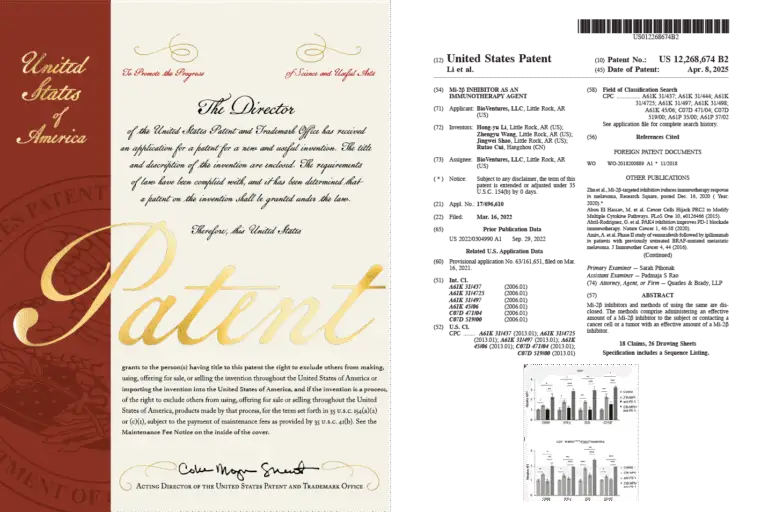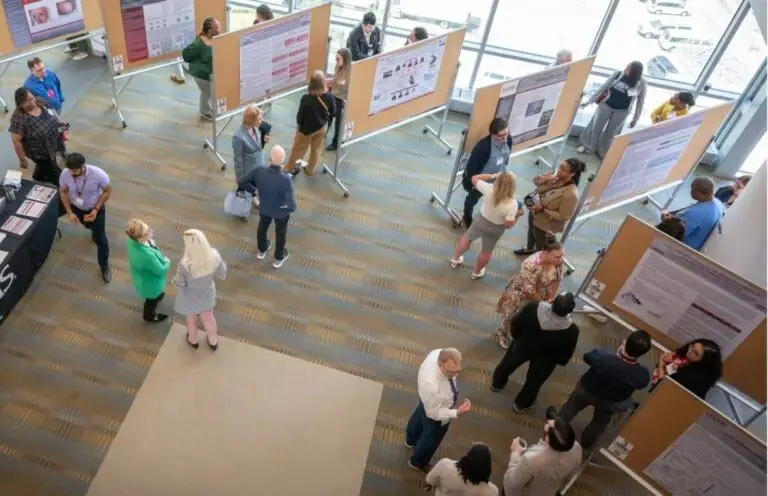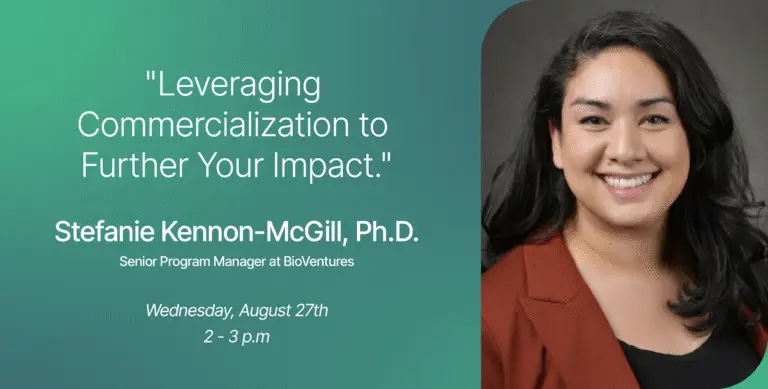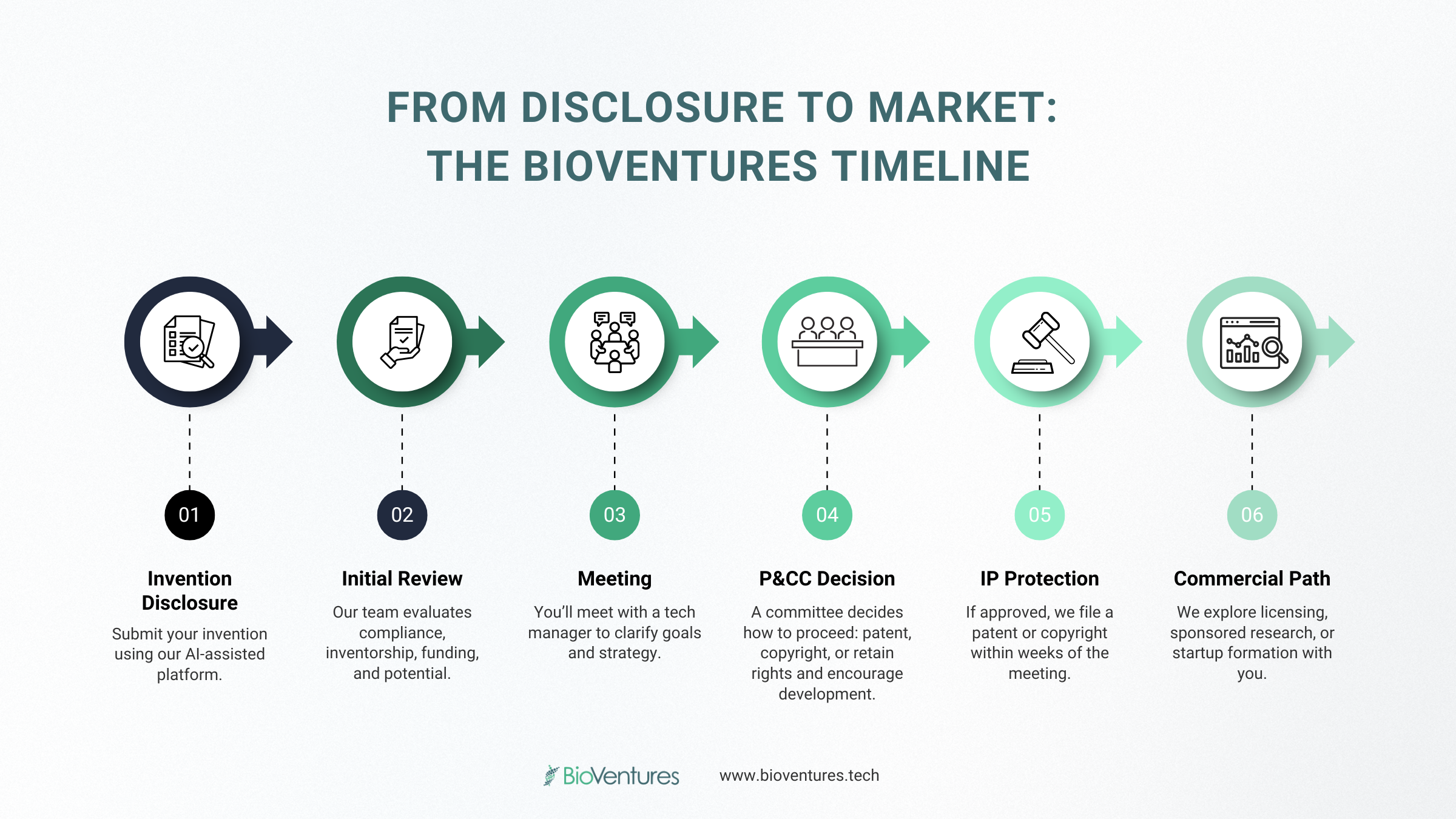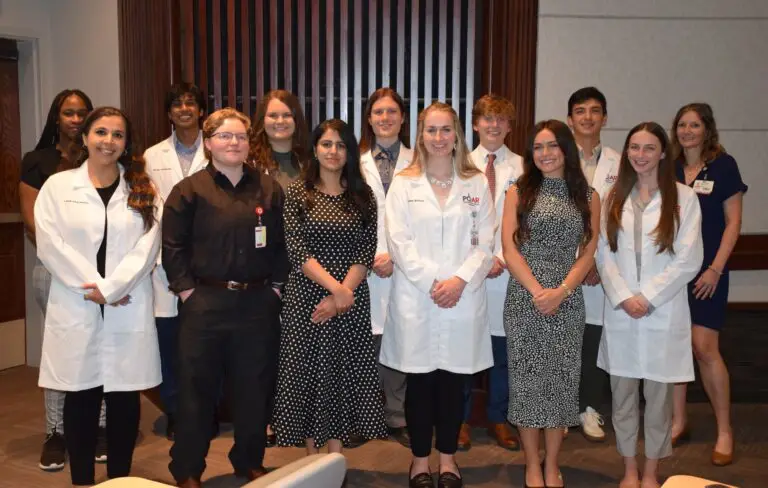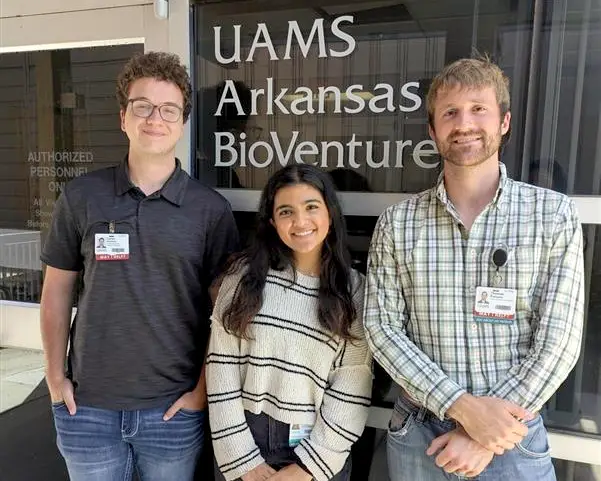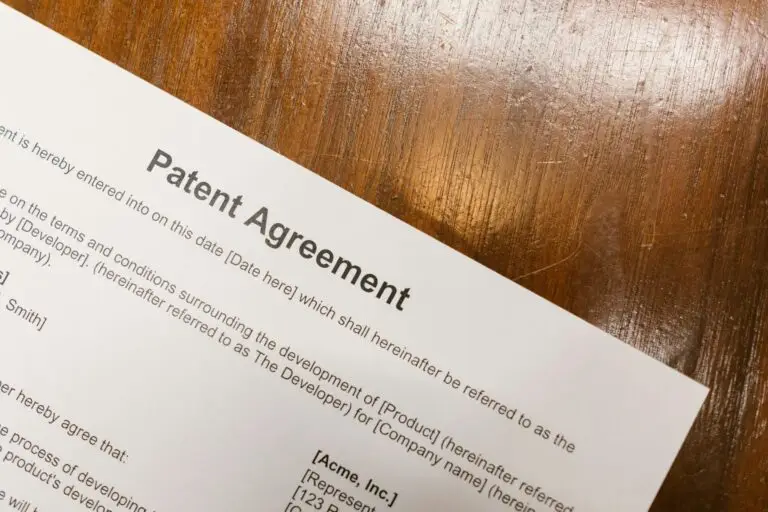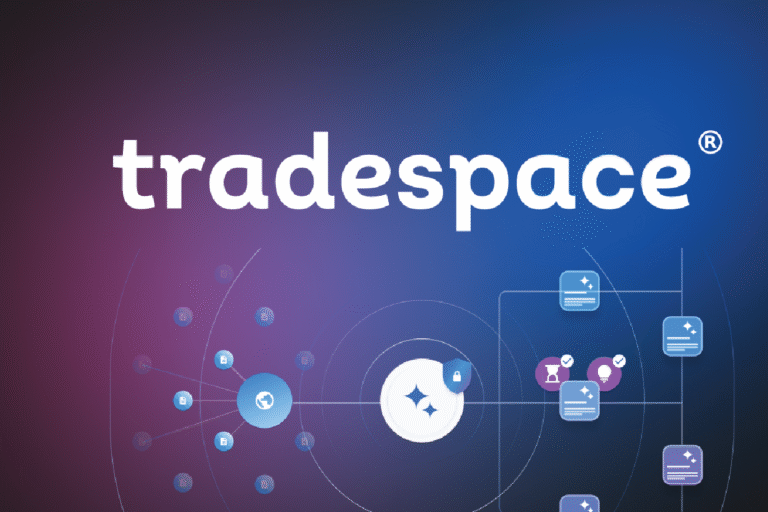Every breakthrough at the University of Arkansas for Medical Sciences (UAMS) starts the same way: a question, an experiment, a spark of insight. Yet fewer than 10% of academic discoveries are ever licensed, and even fewer become commercial products, because the gap between lab work and real-world adoption is wider than it looks. That’s where technology transfer, and BioVentures, steps in. What Exactly Is Technology Transfer? In simple terms, technology transfer (or “tech transfer”) is the structured hand-off of intellectual property (IP), data and know-how from a research institution to an outside partner that can turn it into a product, service or startup. At UAMS, tech transfer means: Why It Accelerates the Path to Market Great research doesn’t always lead to real-world impact, at least not on its own. In fact, many promising discoveries stall in the gap between publication and commercialization. Without structured support, this “valley of death” can prevent life-changing technologies from ever reaching patients, products, or public benefit. That’s where technology transfer makes the difference. By removing common roadblocks, it turns isolated breakthroughs into scalable innovations. Here are three key barriers in traditional academic research, and how technology transfer helps overcome them: 1. No Clear Ownership = No Investment Most companies won’t touch an invention unless it’s clearly protected. If the intellectual property (IP) isn’t patented or officially disclosed, it becomes risky. No one wants to invest in something they can’t legally control or defend. Tech transfer solution: BioVentures helps UAMS researchers secure IP rights through provisional or utility patents. This provides legal certainty for potential partners and investors, paving the way for serious interest and funding. 2. Funding Gaps After Publication Once a discovery is published, grant funding often slows down and there’s rarely institutional support to turn research into a product. That leaves many innovations in limbo. Tech transfer solution: Through licensing agreements, BioVentures creates new revenue streams. Royalties and milestone payments help fund continued development, validation, and even new lines of research. 3. Limited Access to Commercial Partners Researchers often lack direct access to industry players who could bring their technologies to market. Cold outreach rarely works, and there’s no playbook for navigating the startup or med-tech space alone. Tech transfer solution: BioVentures maintains an active network of industry contacts, including venture firms, pharma companies, and medical device manufacturers. We make the introductions—and manage the conversations—so your science gets in front of the right people. What’s in It for UAMS Inventors? Your First Step: The Invention Disclosure Submitting a disclosure takes ≈10 minutes and should be done before you publish or present. Ready to Make an Impact? Stay on top of funding calls, licensing success stories and practical IP tips. Subscribe to the BioVentures Newsletter and turn your research into real-world change. Subscribe Now
